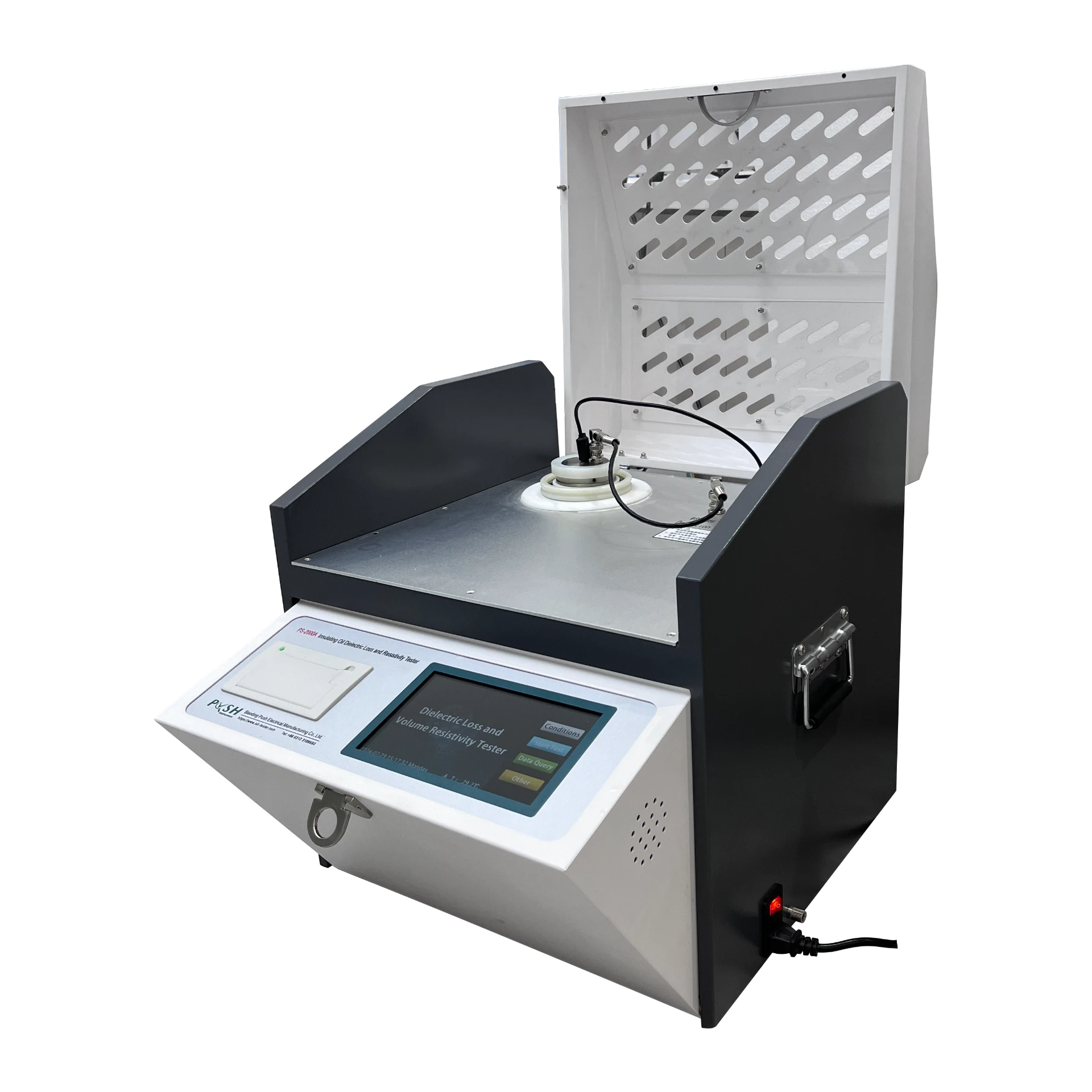 English
English



-
 Afrikaans
Afrikaans -
 Albanian
Albanian -
 Amharic
Amharic -
 Arabic
Arabic -
 Armenian
Armenian -
 Azerbaijani
Azerbaijani -
 Basque
Basque -
 Belarusian
Belarusian -
 Bengali
Bengali -
 Bosnian
Bosnian -
 Bulgarian
Bulgarian -
 Catalan
Catalan -
 Cebuano
Cebuano -
 China
China -
 China (Taiwan)
China (Taiwan) -
 Corsican
Corsican -
 Croatian
Croatian -
 Czech
Czech -
 Danish
Danish -
 Dutch
Dutch -
 English
English -
 Esperanto
Esperanto -
 Estonian
Estonian -
 Finnish
Finnish -
 French
French -
 Frisian
Frisian -
 Galician
Galician -
 Georgian
Georgian -
 German
German -
 Greek
Greek -
 Gujarati
Gujarati -
 Haitian Creole
Haitian Creole -
 hausa
hausa -
 hawaiian
hawaiian -
 Hebrew
Hebrew -
 Hindi
Hindi -
 Miao
Miao -
 Hungarian
Hungarian -
 Icelandic
Icelandic -
 igbo
igbo -
 Indonesian
Indonesian -
 irish
irish -
 Italian
Italian -
 Japanese
Japanese -
 Javanese
Javanese -
 Kannada
Kannada -
 kazakh
kazakh -
 Khmer
Khmer -
 Rwandese
Rwandese -
 Korean
Korean -
 Kurdish
Kurdish -
 Kyrgyz
Kyrgyz -
 Lao
Lao -
 Latin
Latin -
 Latvian
Latvian -
 Lithuanian
Lithuanian -
 Luxembourgish
Luxembourgish -
 Macedonian
Macedonian -
 Malgashi
Malgashi -
 Malay
Malay -
 Malayalam
Malayalam -
 Maltese
Maltese -
 Maori
Maori -
 Marathi
Marathi -
 Mongolian
Mongolian -
 Myanmar
Myanmar -
 Nepali
Nepali -
 Norwegian
Norwegian -
 Norwegian
Norwegian -
 Occitan
Occitan -
 Pashto
Pashto -
 Persian
Persian -
 Polish
Polish -
 Portuguese
Portuguese -
 Punjabi
Punjabi -
 Romanian
Romanian -
 Russian
Russian -
 Samoan
Samoan -
 Scottish Gaelic
Scottish Gaelic -
 Serbian
Serbian -
 Sesotho
Sesotho -
 Shona
Shona -
 Sindhi
Sindhi -
 Sinhala
Sinhala -
 Slovak
Slovak -
 Slovenian
Slovenian -
 Somali
Somali -
 Spanish
Spanish -
 Sundanese
Sundanese -
 Swahili
Swahili -
 Swedish
Swedish -
 Tagalog
Tagalog -
 Tajik
Tajik -
 Tamil
Tamil -
 Tatar
Tatar -
 Telugu
Telugu -
 Thai
Thai -
 Turkish
Turkish -
 Turkmen
Turkmen -
 Ukrainian
Ukrainian -
 Urdu
Urdu -
 Uighur
Uighur -
 Uzbek
Uzbek -
 Vietnamese
Vietnamese -
 Welsh
Welsh -
 Bantu
Bantu -
 Yiddish
Yiddish -
 Yoruba
Yoruba -
 Zulu
Zulu
ct analyzer test
Understanding the CT Analyzer Test A Comprehensive Overview
Computed Tomography (CT) scans have transformed the field of medical imaging, offering detailed internal views of the body, which are essential for accurate diagnosis. One of the critical aspects of optimizing CT images lies in the evaluation of scanner performance, for which the CT Analyzer Test plays a pivotal role. This article delves into the significance of the CT Analyzer Test, its methodology, and its implications for healthcare.
The CT Analyzer Test is designed to assess the performance of a CT scanner, focusing on various parameters that influence image quality and radiation dose. These parameters include spatial resolution, contrast resolution, noise levels, and radiation dose efficiency. The test helps in ensuring that CT scans are not only of high quality but also safe for patients, minimizing potential risks associated with radiation exposure.
Understanding the CT Analyzer Test A Comprehensive Overview
One key aspect evaluated during the CT Analyzer Test is spatial resolution. Spatial resolution refers to the scanner’s ability to distinguish between closely spaced objects. High spatial resolution is crucial for diagnosing conditions that require fine detail, such as tumors or small fractures. Another important factor is contrast resolution, which pertains to the scanner’s ability to differentiate between tissues with similar densities. Enhanced contrast resolution can significantly improve the detection of lesions that may otherwise be overlooked.
ct analyzer test

Moreover, the CT Analyzer Test also focuses on noise assessment. Noise in CT imaging can obscure important details, potentially leading to misdiagnosis. By quantifying the levels of noise in images, healthcare providers can ensure that patients receive the most accurate diagnoses possible.
Additionally, evaluating radiation dose efficiency is a significant component of the CT Analyzer Test. With growing concerns about radiation exposure, it is essential for healthcare facilities to provide effective imaging without unnecessary radiation doses. The test ensures that the CT scanner is functioning optimally, maintaining diagnostic quality while adhering to the ALARA (As Low As Reasonably Achievable) principle.
The implications of the CT Analyzer Test extend beyond individual scans. Consistent quality assurance through these tests helps in establishing protocols that improve overall patient safety and care. Facilities that prioritize regular performance assessments not only enhance imaging quality but also bolster patient trust in their diagnostic processes.
In conclusion, the CT Analyzer Test is an indispensable tool in the realm of medical imaging. By rigorously evaluating the performance of CT scanners, healthcare professionals can ensure high-quality imaging, promote patient safety, and ultimately enhance diagnostic accuracy. As technology continues to advance, maintaining robust testing protocols will be crucial for adapting to the evolving landscape of medical imaging.
-
Ensuring SF₆ Gas Safety: Introducing PUSH’s Integrated SF₆ Analyzer for Dew Point, Purity, and Decomposition MonitoringNewsJul.10,2025
-
Exploring the Main Types of Industrial Endoscopes and Their Applications Across IndustriesNewsJul.04,2025
-
Testing Equipment Industry Sees Major Advancements in 2025: Smart & Precision Technologies Lead the WayNewsJun.06,2025
-
Applications of Direct Current Generators in Renewable Energy SystemsNewsJun.05,2025
-
Hipot Tester Calibration and Accuracy GuidelinesNewsJun.05,2025
-
Digital Circuit Breaker Analyzer Features and BenefitsNewsJun.05,2025



